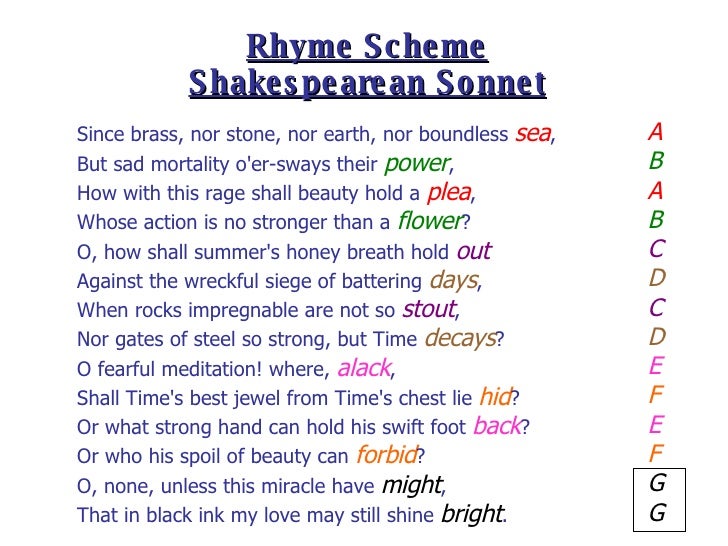

The judges will be asked to rate the sonnets as either human- or computer-generated. Two collections of mixed human- and computer-generated sonnets will be read separately by two panels, each with three judges. To keep with the spirit of a Turing Test, the computer-generated sonnets that are included will be generated by two noun prompts per algorithm and not pre-screened before inclusion. The PoetiX Sonnet Turing Test: After an initial screening, the top entrants will have their sonnets mixed in with a collection of human generated sonnets. We will test this requirement and then, should your entry make the list of finalists, after some unspecified number of iterations we will pick one or two of the generated works as your entry. Programs must be capable of generating distinct short stories with high probability. The program must be completely self-contained and require no connectivity to the Internet.

Preferred platforms are Apple OSX 10.10, Ubuntu Linux 14.04, or Microsoft Windows 8.1 or 10.x. We will run entries using x86-compatible CPUs. A contemporary computer should be able to run the code and generate a sonnet in “Shakesperean” or “Petrarchan” form of 14 lines (as per the form) within 24 hours using less than 16GB of RAM and less than 50GB of disk space.



 0 kommentar(er)
0 kommentar(er)
